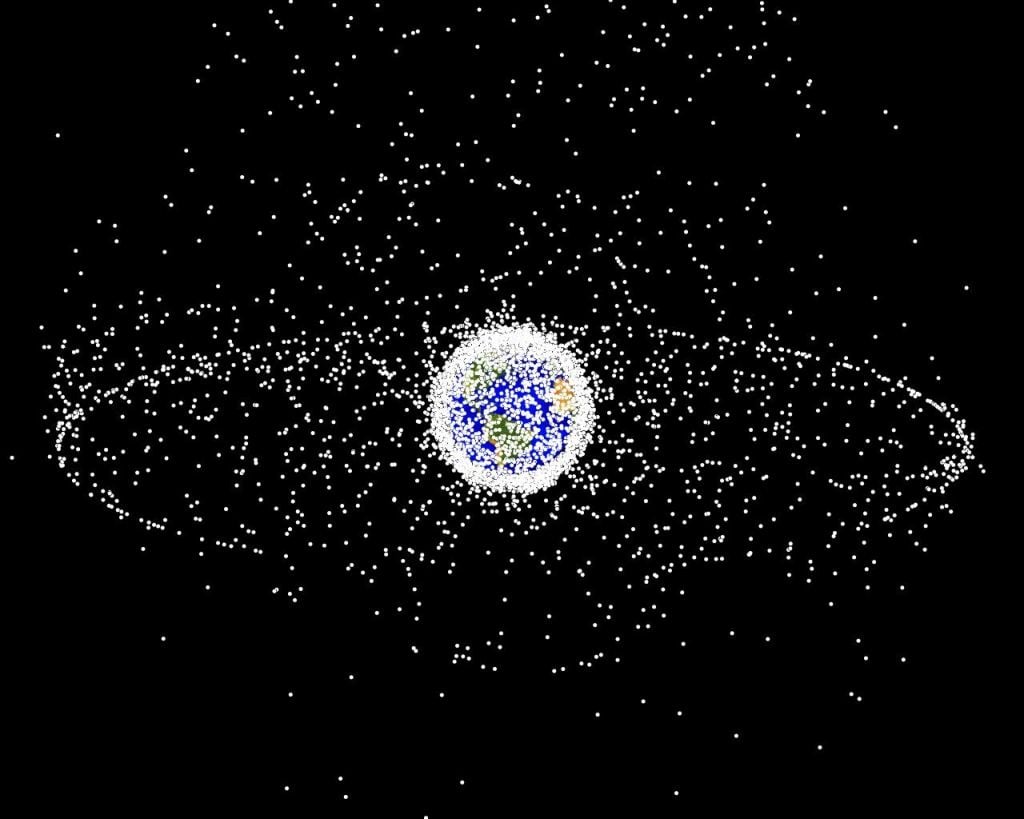"You can't hit what you can't see" is a common phrase in sports and was originally derived to describe baseball pitcher Walter Johnson’s fastball. But the same goes for things with a more serious spin, such as some of the millions of pieces of debris floating in Low Earth Orbit (LEO). Now, a team of researchers have come up with a new imaging system that will allow agencies and governments to closely track some of the debris that is cluttering LEO and potentially endangering humanity's future expansion to the stars.
That danger was first described by Donald Kessler in 1978 and is now commonly known as " Kessler syndrome ". In such a scenario, the debris field surrounding Earth gets so bad that it blocks access to (or from) space. To avoid such a fate, humanity will eventually have to come up with ways of dealing with space debris. Hoping that objects that are left to decay in LEO and burn up in the atmosphere is not a viable mitigation strategy.
Such a mitigation strategy has so far proven difficult to develop. Understanding and tracking how many objects are actually up there is one of the major challenges facing any such effort. Many pieces are extremely small, rotating very fast, and moving even faster. Those combined properties make them very hard to keep track of.
Traditionally, researchers use one of two imaging techniques, called "single-point migration of cross correlations" or "Kirchoff migration" respectively. Single point migration has notably bad resolution, making it difficult to determine the exact size and position of an object. However, it is not much affected by changes in the atmosphere. Alternatively, Kirchoff migration is adversely affected by atmospheric fluctuations, but provides a much higher resolution.
Curious Droid YouTube video discussing Kessler Syndrome.Credit: Curious Droid YouTube ChannelThe novel approach developed by the researchers, known as rank-1 imaging, provides the best of both worlds. It has a similar resolution to Kirchoff migration, while being almost immune to atmospheric interference, like single-point migration.
The secret to rank-1's success is in its algorithm. One of the hardest parts of tracking an LEO orbiting object is tracking it long enough to get a high resolution picture. The primary challenge to that tracking has to do with the object's rotation, which can throw off even the best tracking algorithms due to how it changes the objects reflectivity.
Rank-1 attempts to estimate the spin rate of an object in order to understand its changing albedo. Brute forcing spin estimates to fit the data could work, but is time and computation intensive. Instead, the rank-1 algorithm uses data captured of the object itself to inform its tracking algorithm about the direction and speed of its spin. With these estimates, tracking object proves much easier, which allows the algorithm to then get a higher resolution image.
So far, the system has only been used on models and has not yet imaged an object directly in LEO. However, the algorithm performed excellently with the model data provided, especially when compared to the two competing algorithms. With a little more development and some time tracking real objects, the rank-1 algorithm could become a part of humanity's arsenal to combat the growing threat of being locked out of space. If nothing else at least we will be able to see the threat coming.
Learn More:
SIAM News - Imaging Space Debris in High Resolution
Innovation News Network : New images of space debris allow scientists to prevent space collisions
SIAM Journal of Imaging Sciences: Correlation Based Imaging for Rotating Satellites
UT: Space Debris May be Catastrophic to Future Missions (and Google Earth is Watching…)
Lead Image:
Visual depictions of data fed into the three algorithms under test.
Credit: Matan Leibovich, George Papanicolaou, and Chrysoula Tsogka
 Universe Today
Universe Today


